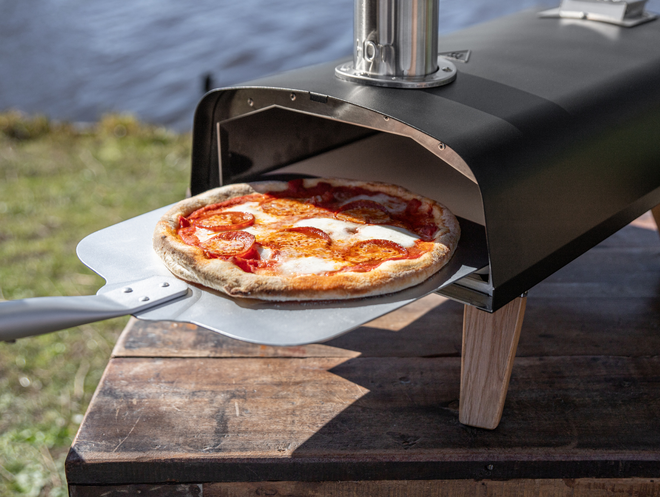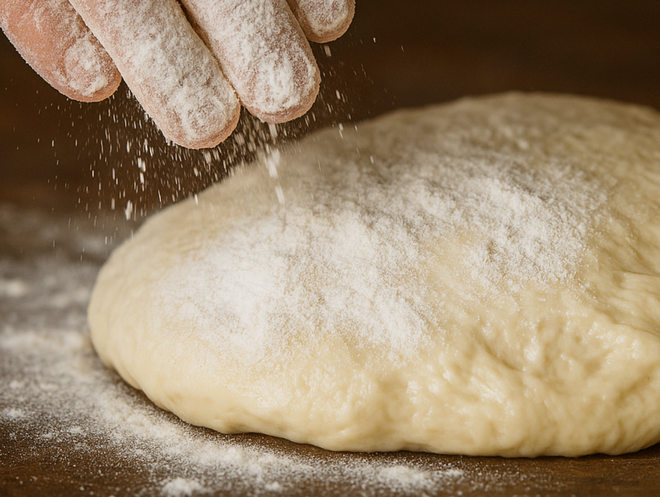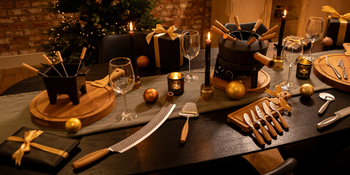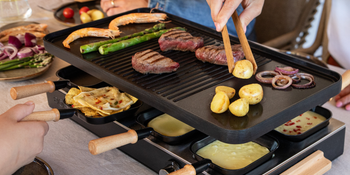The best pizza dough tips for your wood-fired pizza

Your cart is empty

A good pizza starts with the dough. The crust is the foundation, and it's precisely there that you'll find the difference between an ordinary pizza and one that transports you straight to a cozy terrace in Naples. Especially when baking in a wood-fired oven like the Pizzaoven Pro, it pays off to give your dough that little bit of extra attention. In this article, you'll find clever tips for variations, an explanation of temperature and resting time, and the difference between classic, Neapolitan, and New York-style dough.
The best pizza dough for a wood-fired oven is light, well-hydrated, and given enough time to rise. This means having enough moisture in the dough (at least 60%), good gluten development, and the time needed for flavor and structure to develop. This ensures that your pizza can handle the high temperatures of a wood-fired oven without becoming chewy or unevenly baked. Want to make this perfect dough? Try our Pizza Perfetta recipe, developed by Fabio Cappellano, an expert in authentic Italian products and techniques.

At 400°C / 752°F, the dough bakes in just a few minutes. The outside dries out quickly and becomes crisp. The inside stays soft and airy because the moisture inside doesn’t have time to evaporate. To achieve this effect, it’s essential to balance lightness with sturdiness in your dough. Let it rest long enough, ensure it’s not too wet, and bring it to room temperature before putting it in the oven. That way, you’ll make the most of the heat from your pizza oven. The result? A crispy outside and a soft, airy inside.
When making pizza dough in a wood-fired oven, you generally have two options: classic dough or Neapolitan dough. They’re similar but differ in a few key ways that impact flavor, texture, and the preparation process.
There’s also New York-style pizza dough – a variant that’s popular for those who like a thin but firm and foldable base. This dough is inspired by the Neapolitan recipe but also includes oil and a bit of sugar. These two ingredients make it less suitable for baking in a wood-fired pizza oven. But with a few adjustments, it’s possible: lower the oven temperature to a maximum of 300–350°C / 572-662°F and bake the pizzas for a shorter time, keeping a close eye on them. Want to be sure? Then go for a home oven or an electric pizza oven.

Dough that’s too wet and sticks?
→ Dip your hand into a bag of flour and dust both your hands and the dough. The extra flour will help make the dough easier to handle while shaping it.
Crusts that don’t rise or turn out chewy?
→ Your dough didn’t rest long enough or was too cold. Let the dough rest longer at room temperature.
A soggy base?
→ Your oven or pizza stone wasn’t hot enough. Make sure the stone is well preheated.
Dough tearing while shaping?
→ It was probably under-kneaded or too dry. Next time, add a bit more water and knead for longer.
We personally love using Mulino Caputo pizza flour. No, we’re not paid to say this – it’s just a great product that we think deserves some attention. Give it a try if you want to take your dough to the next level.
With the Pizzaoven Pro, you combine authentic flavor with ease of use. Perfect for pizza lovers who really want to taste what good dough and high temperatures can do. Tip: Want to enjoy your wood-fired oven beyond your own backyard? Read how a portable pizza oven lets you bake the perfect pizza even on vacation.
Sign up as a BOSKA Friend with Benefits and receive €5 welcome discount
Your Benefits:
✓ Free shipping—always
✓ Exclusive offers
✓ Inspiration & recipes


